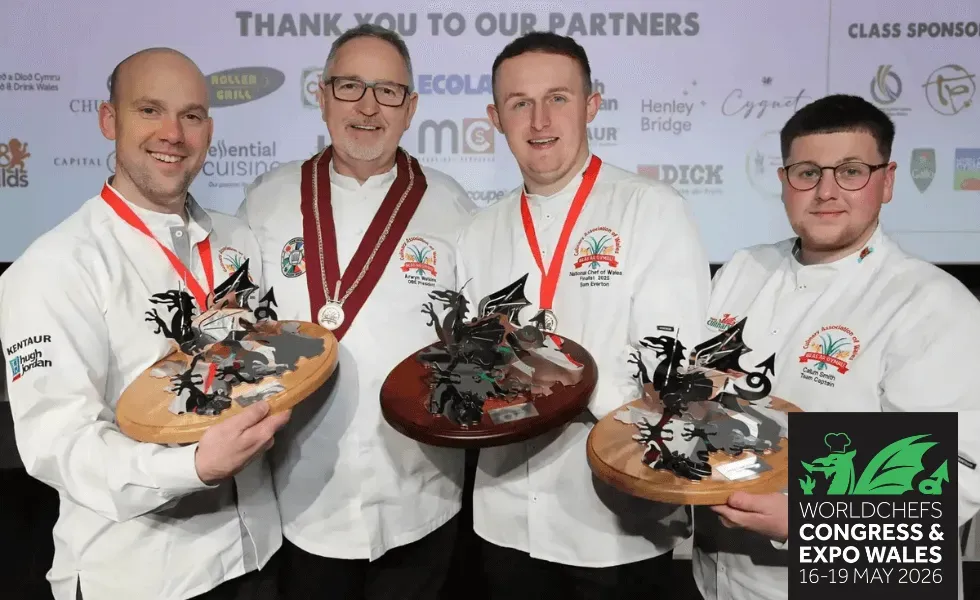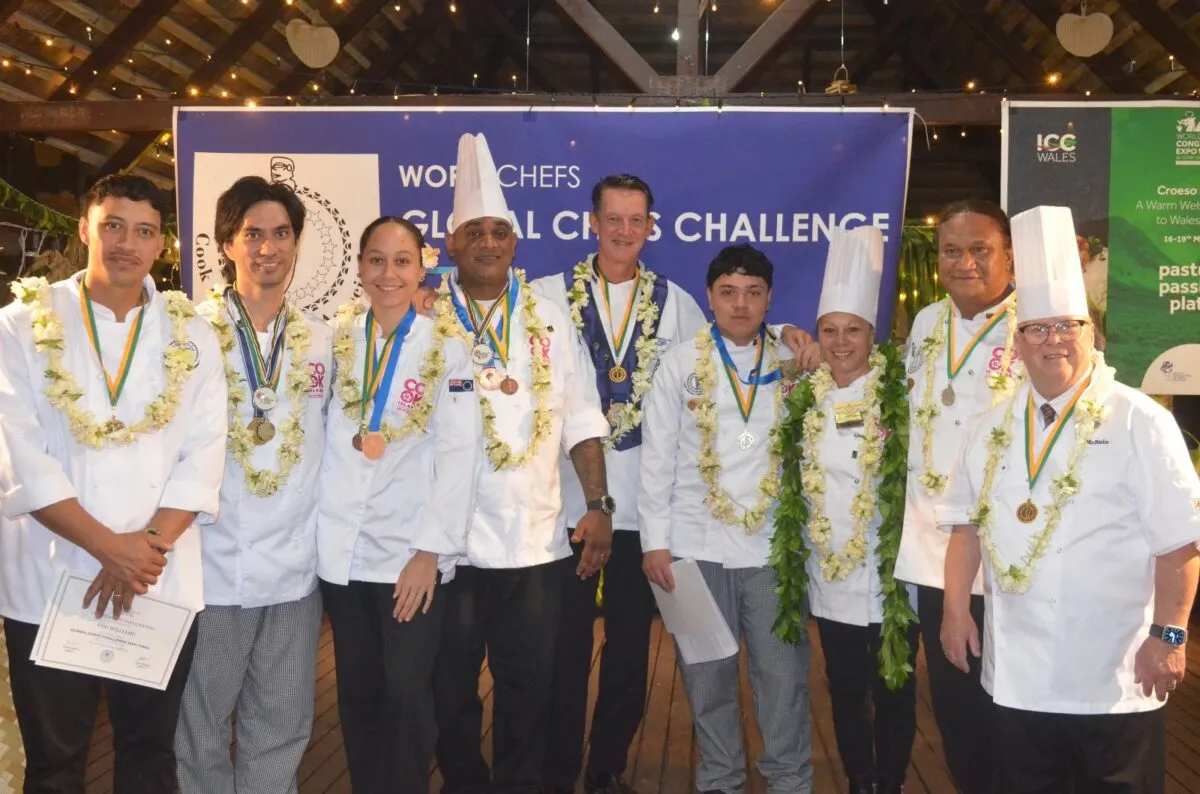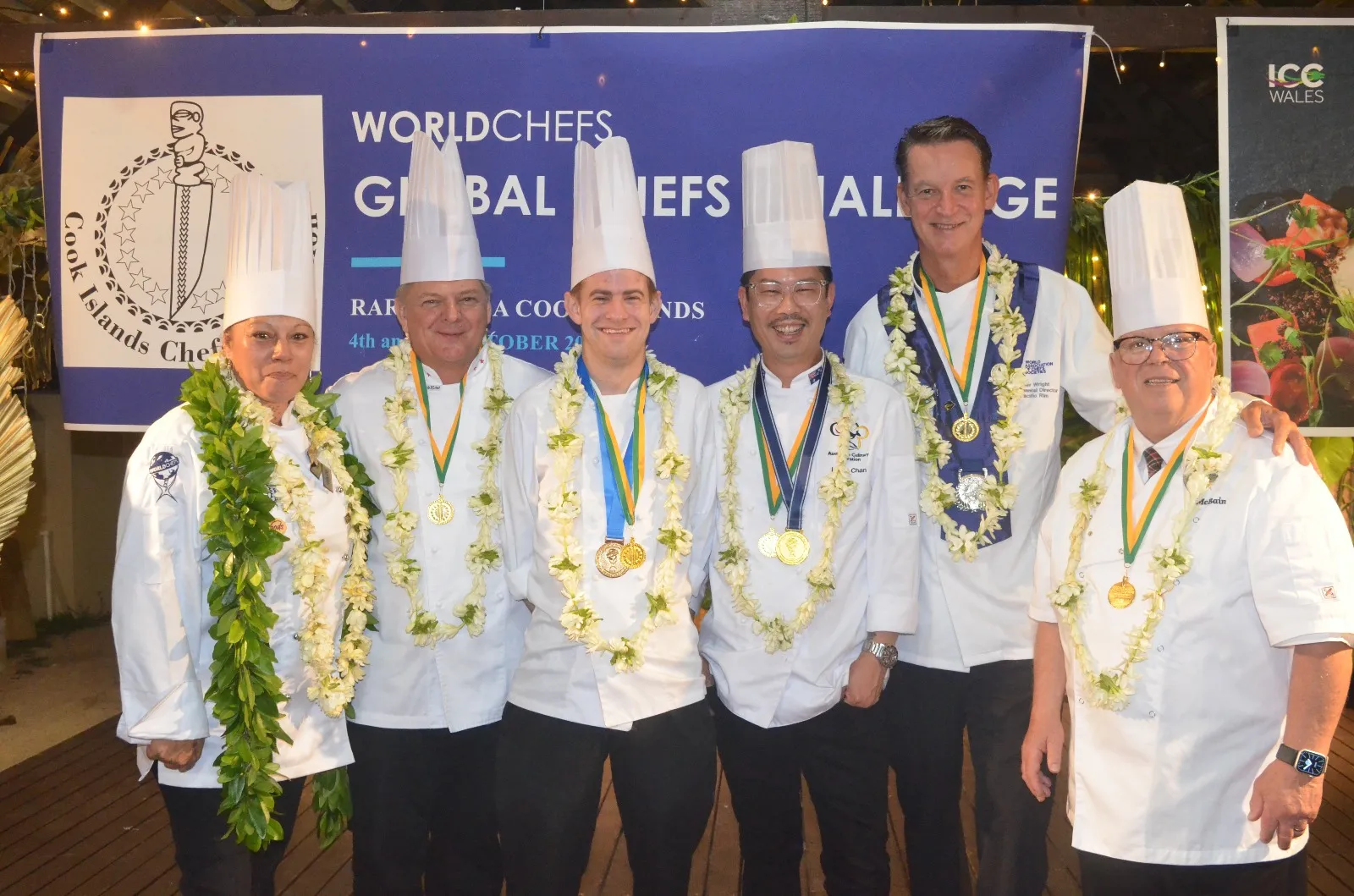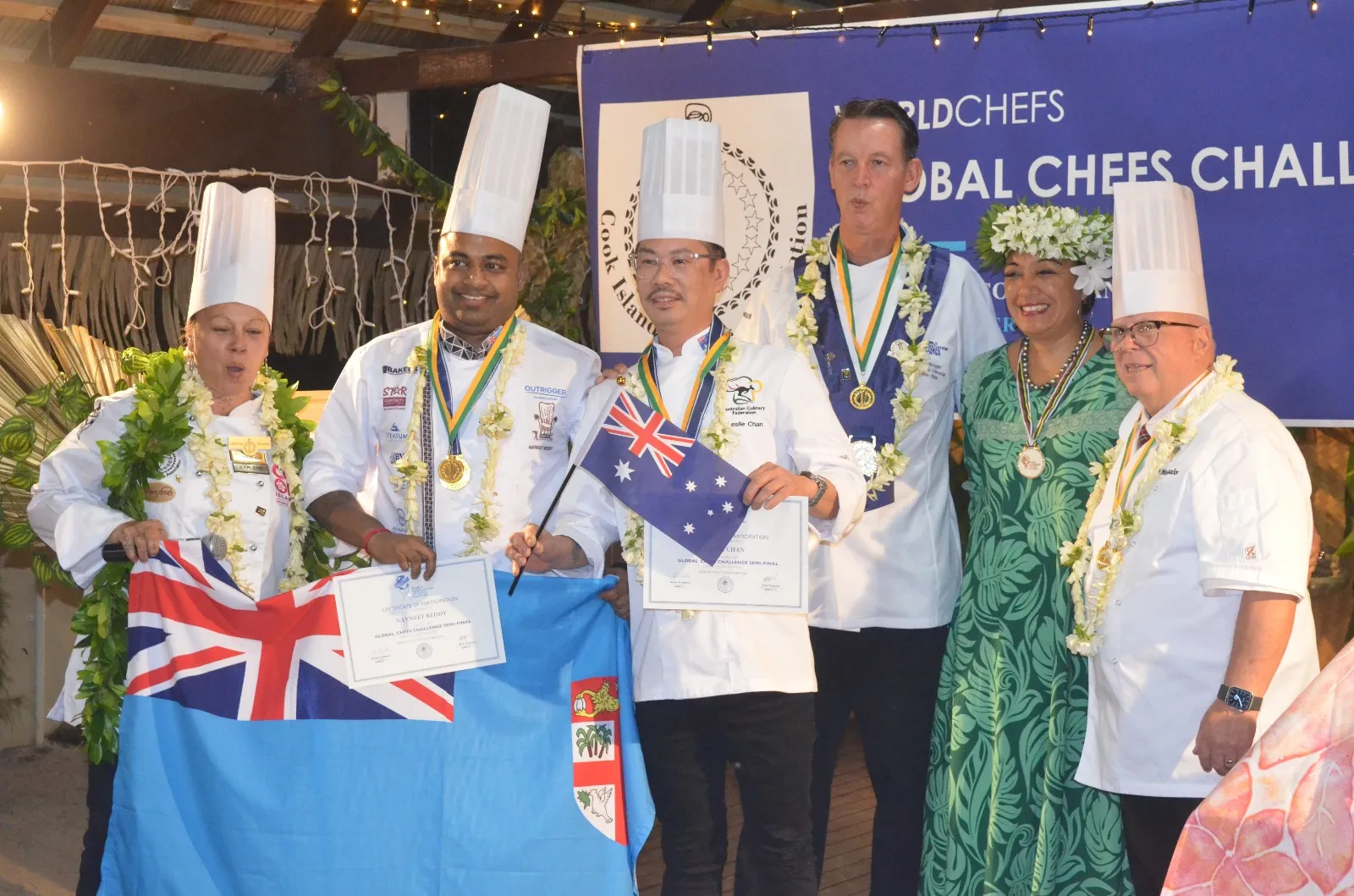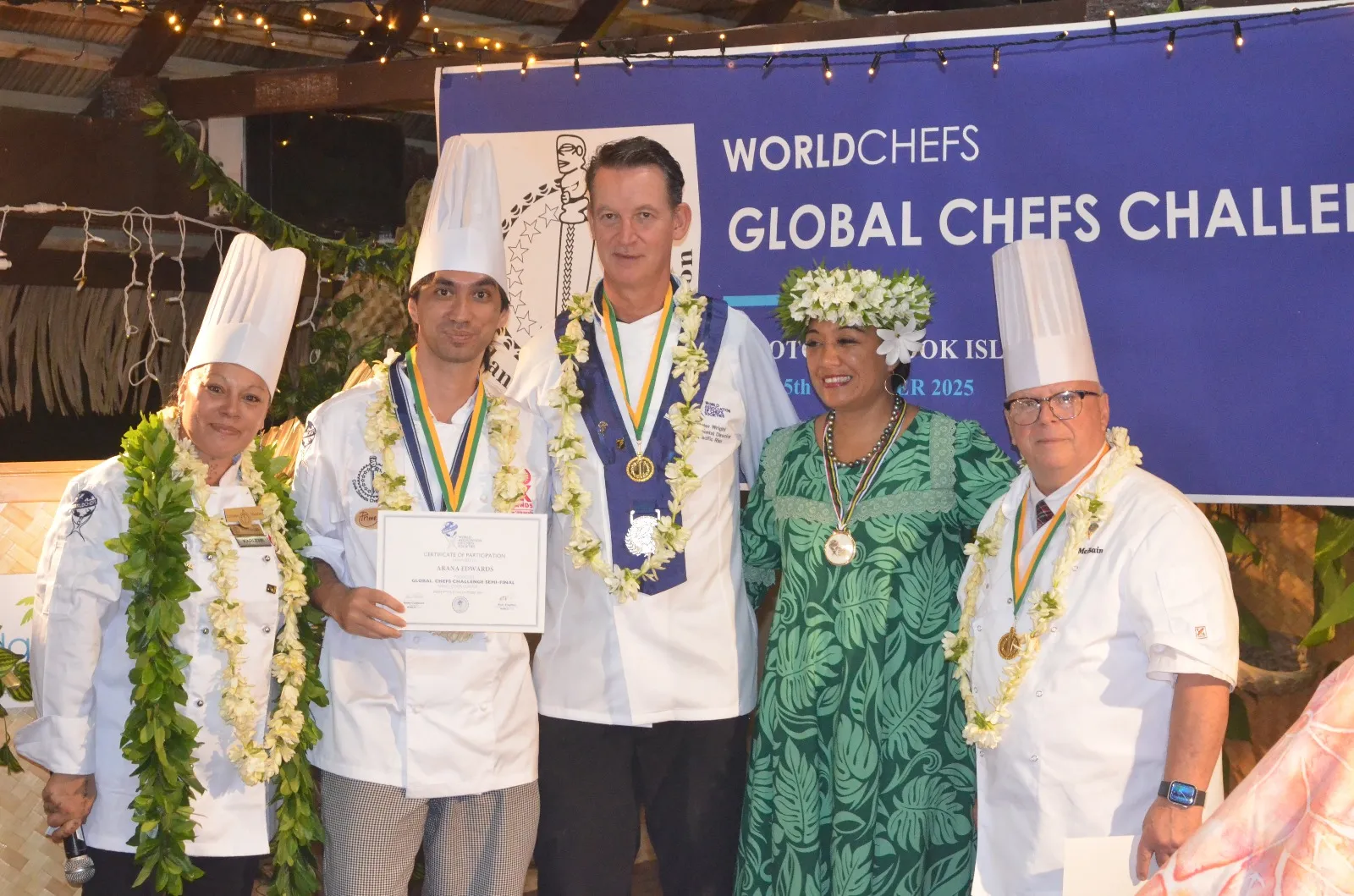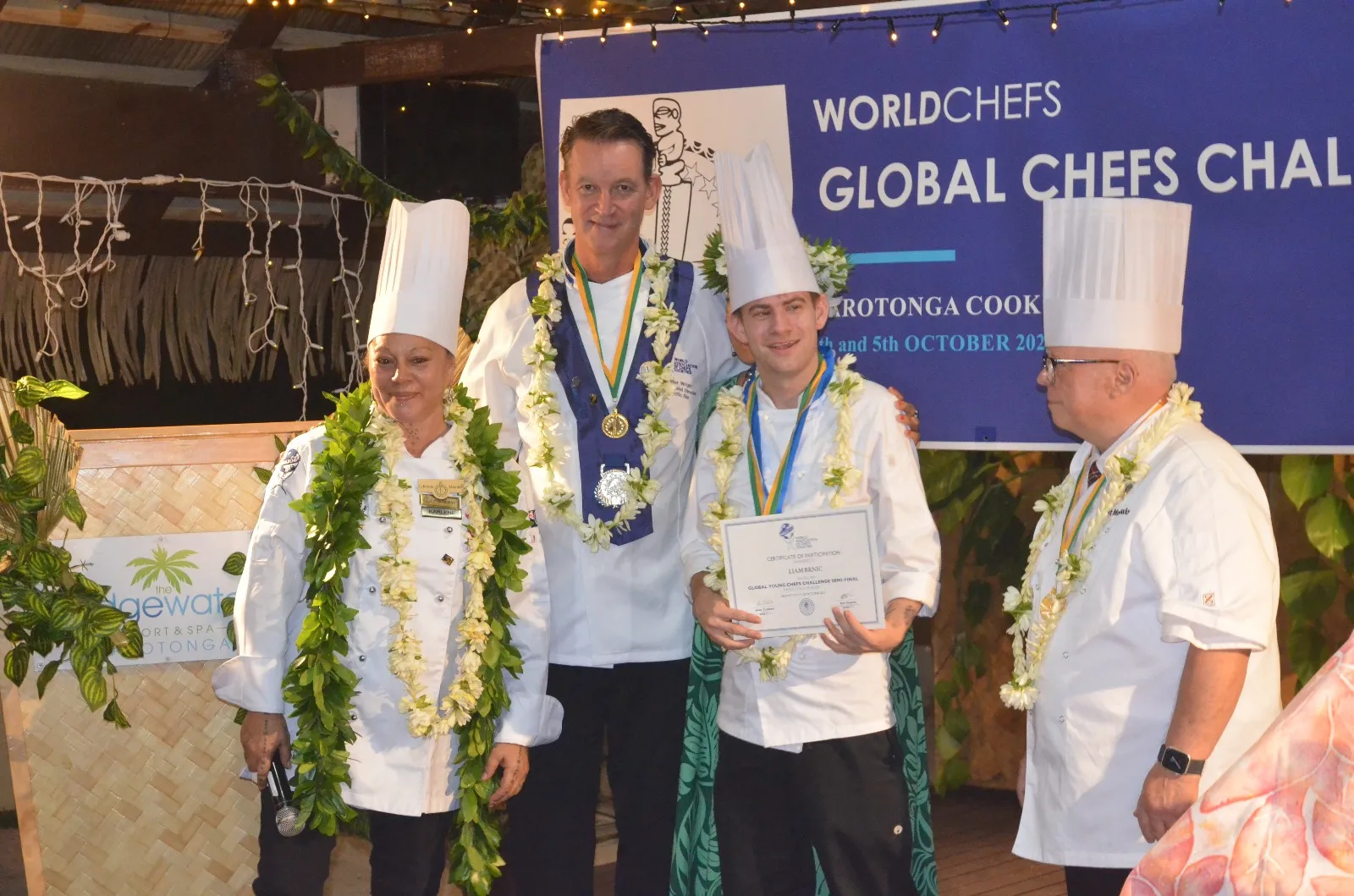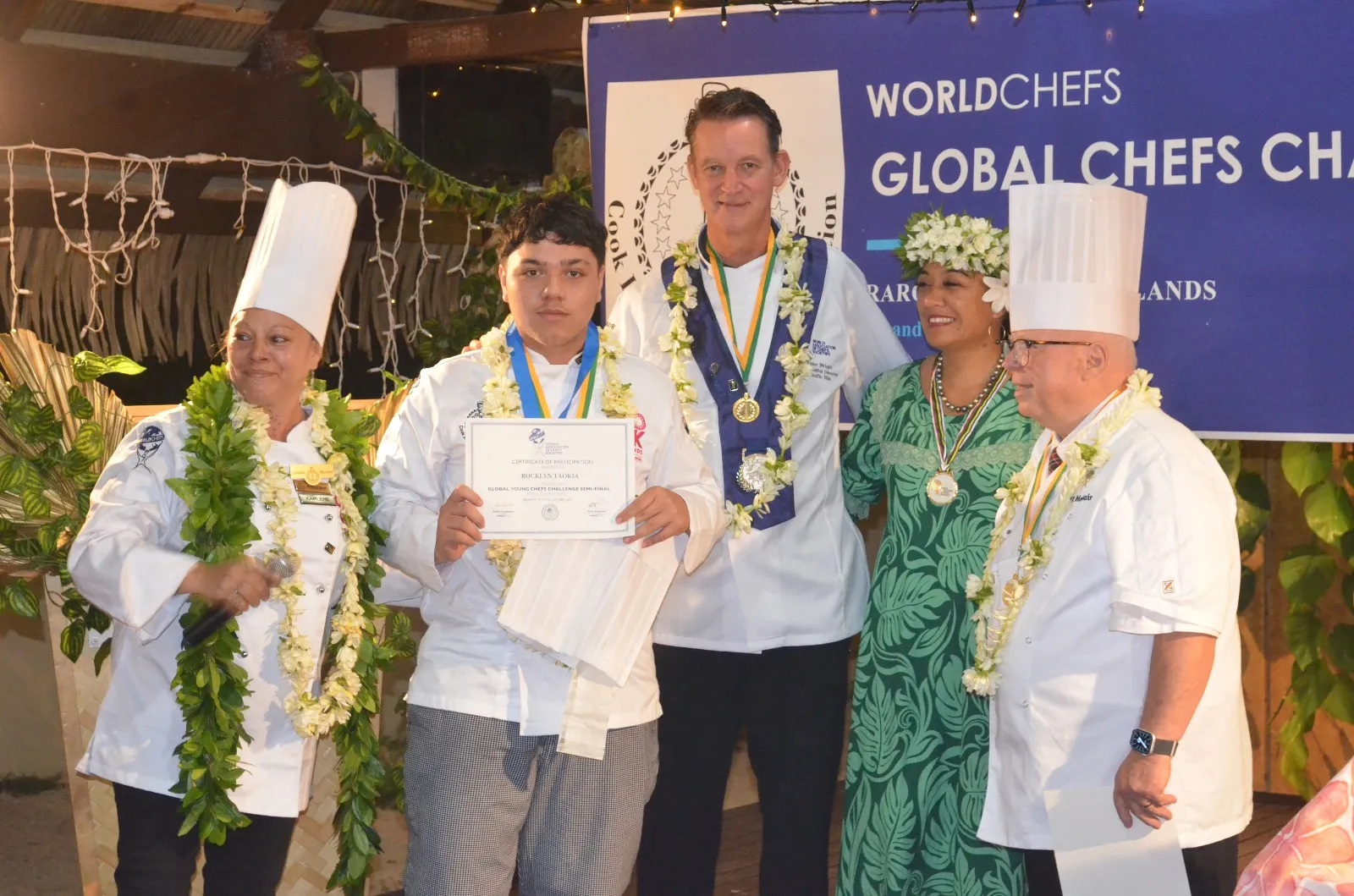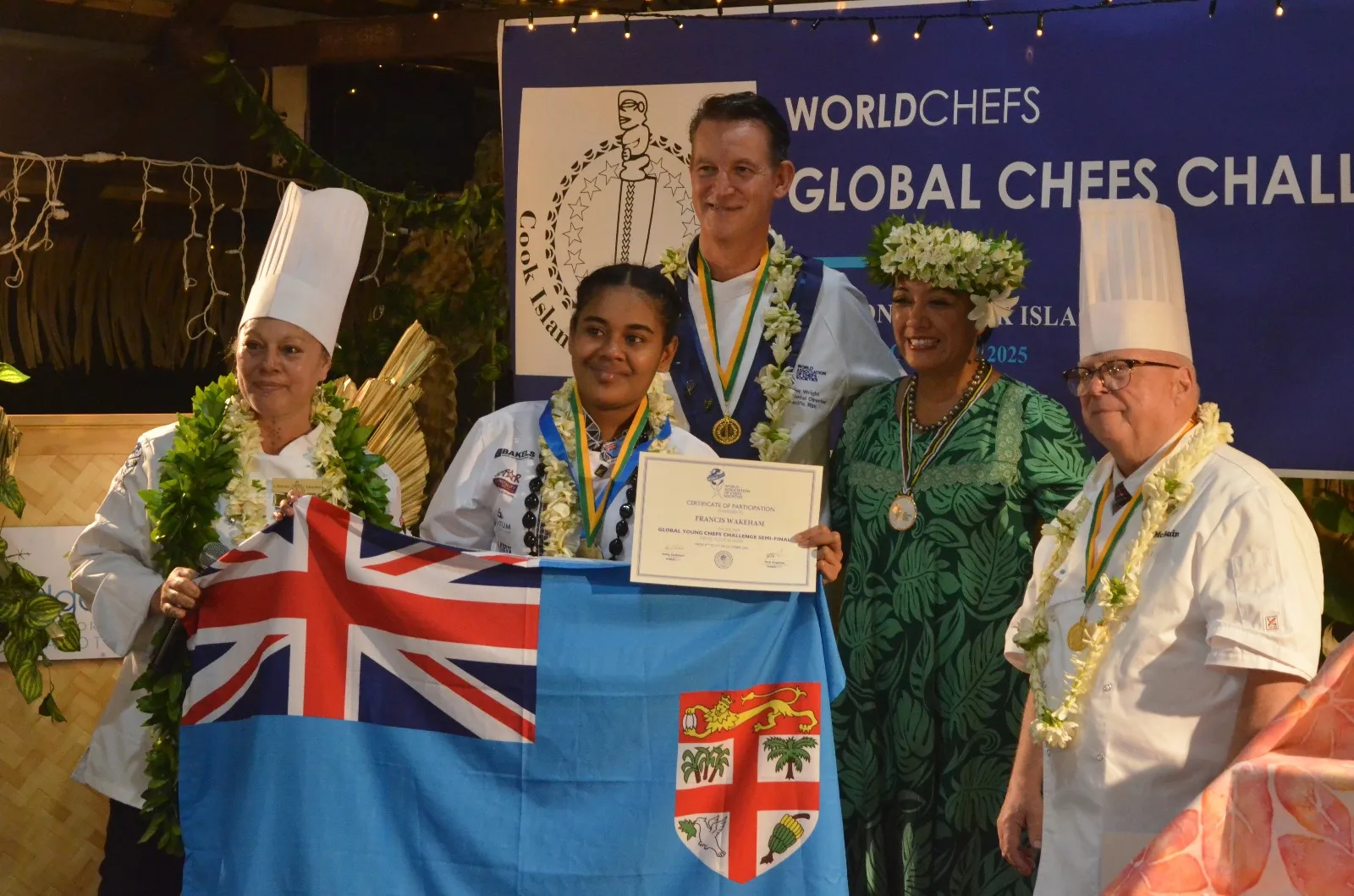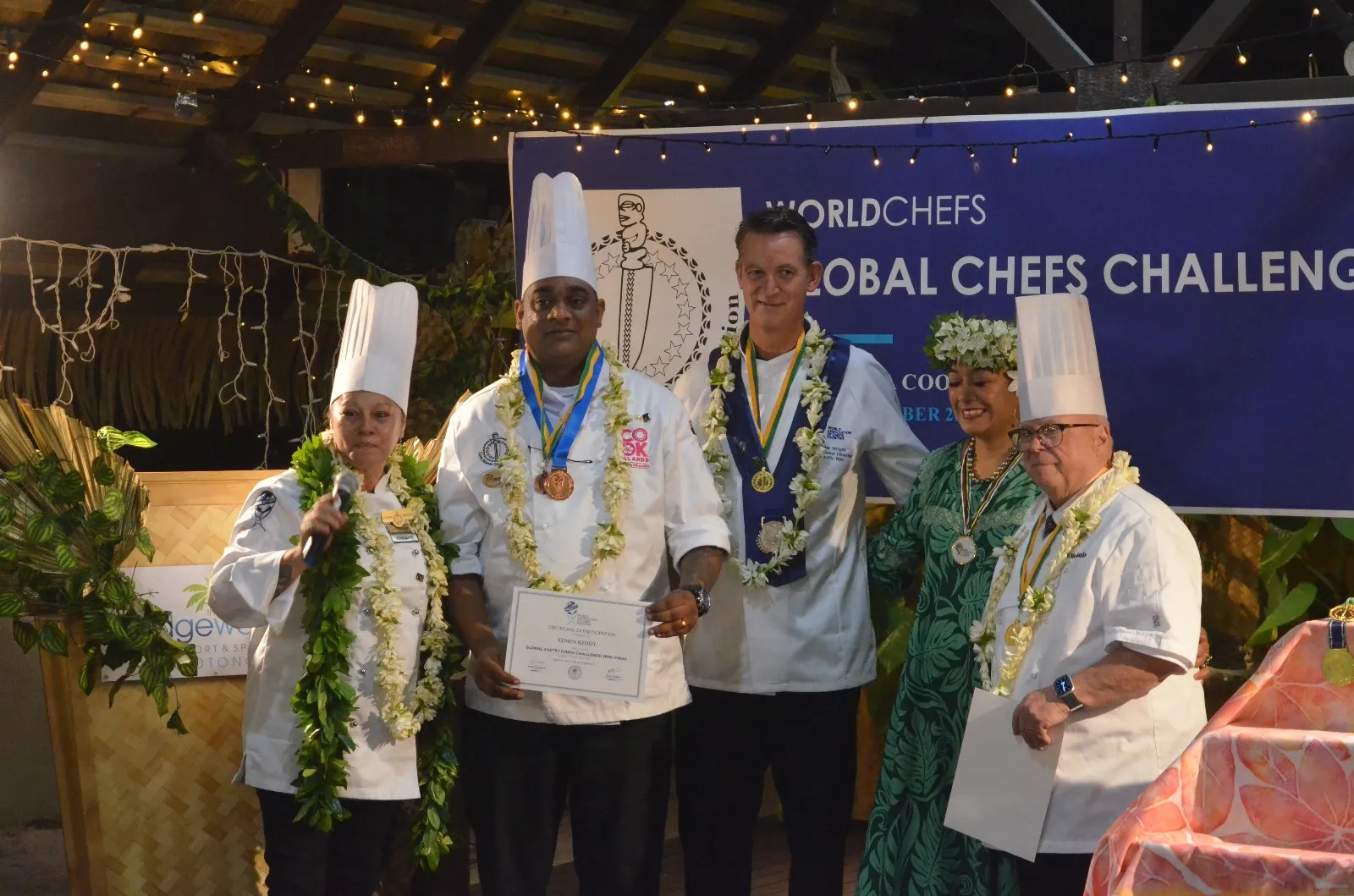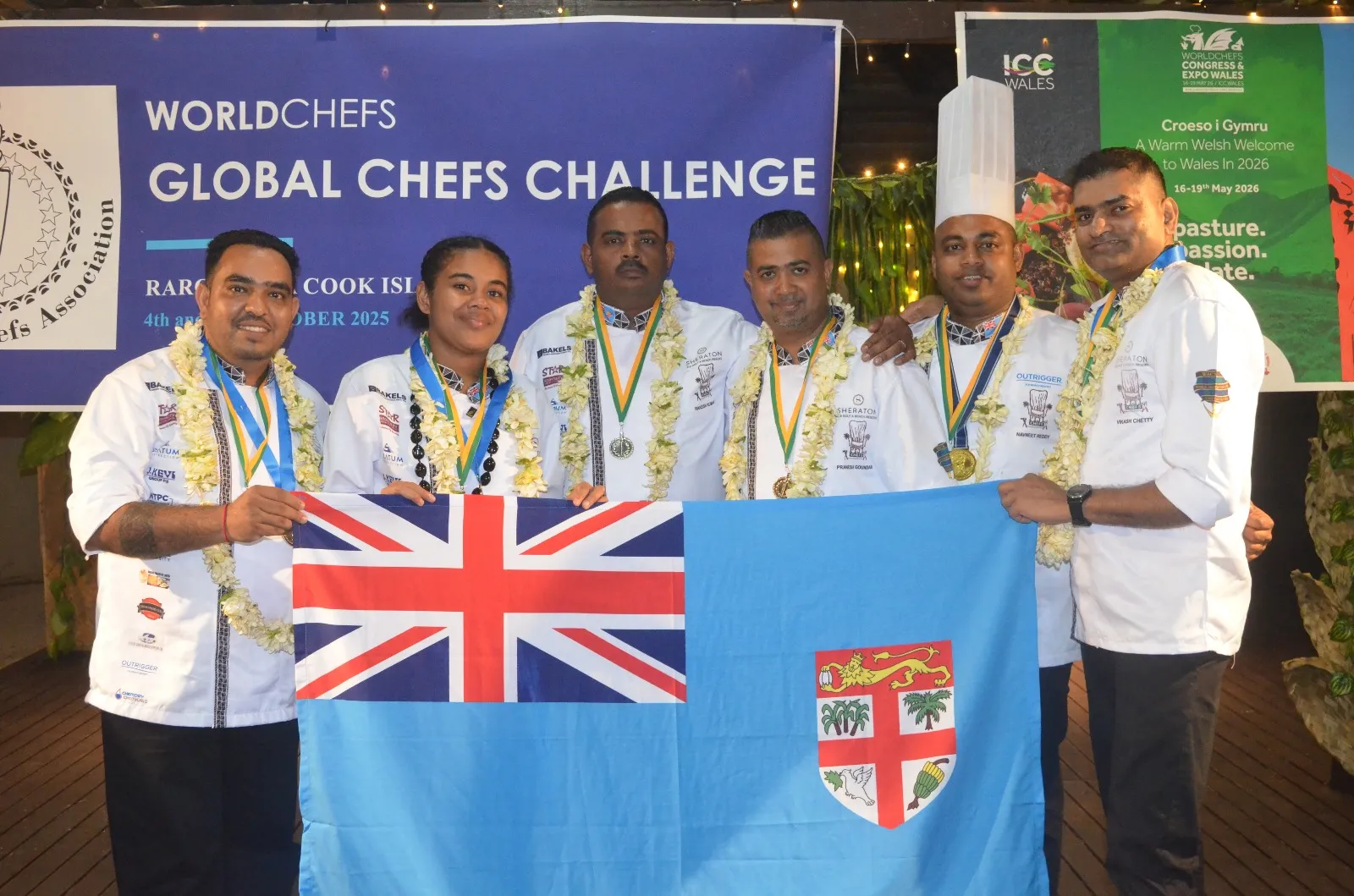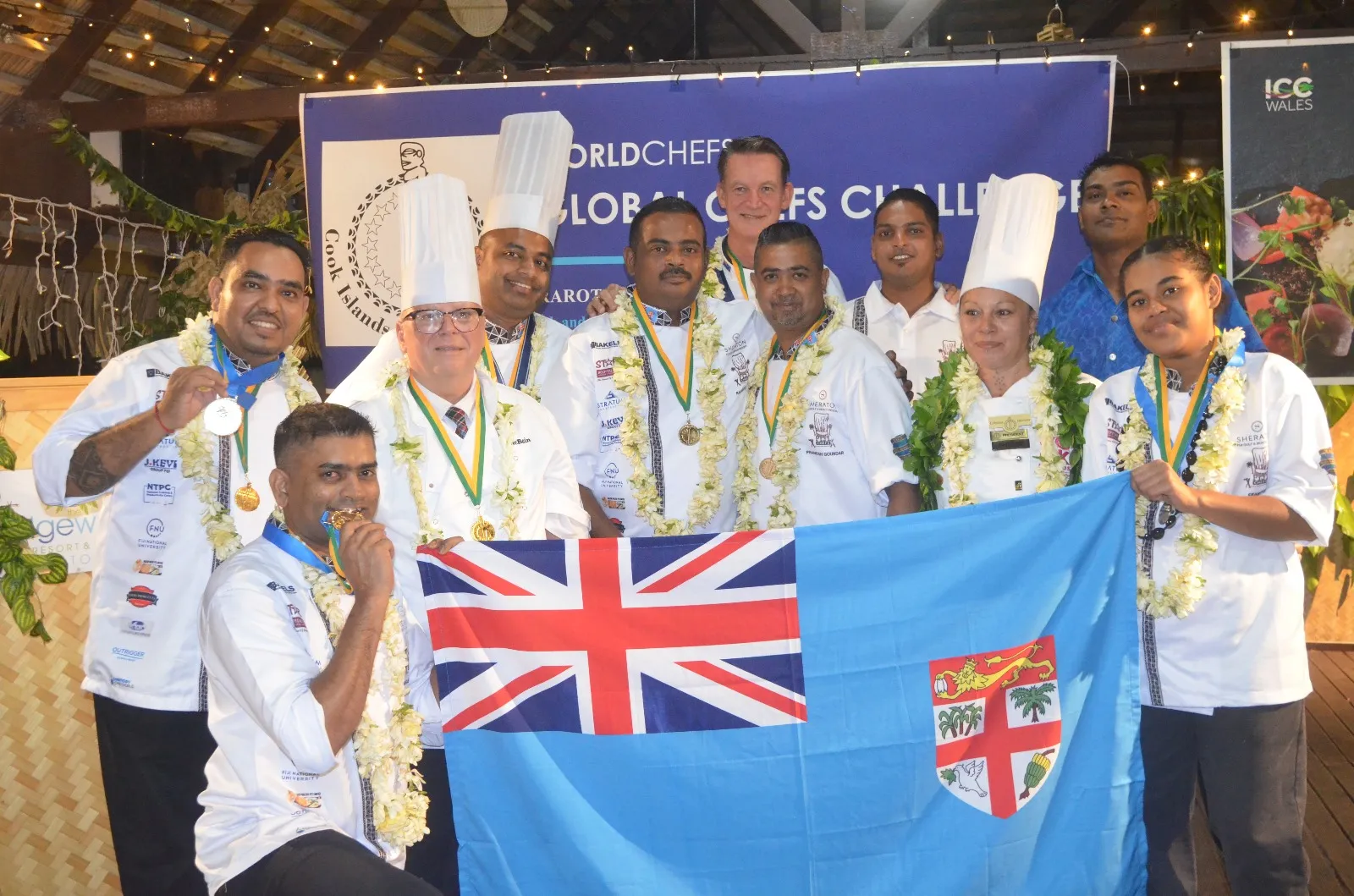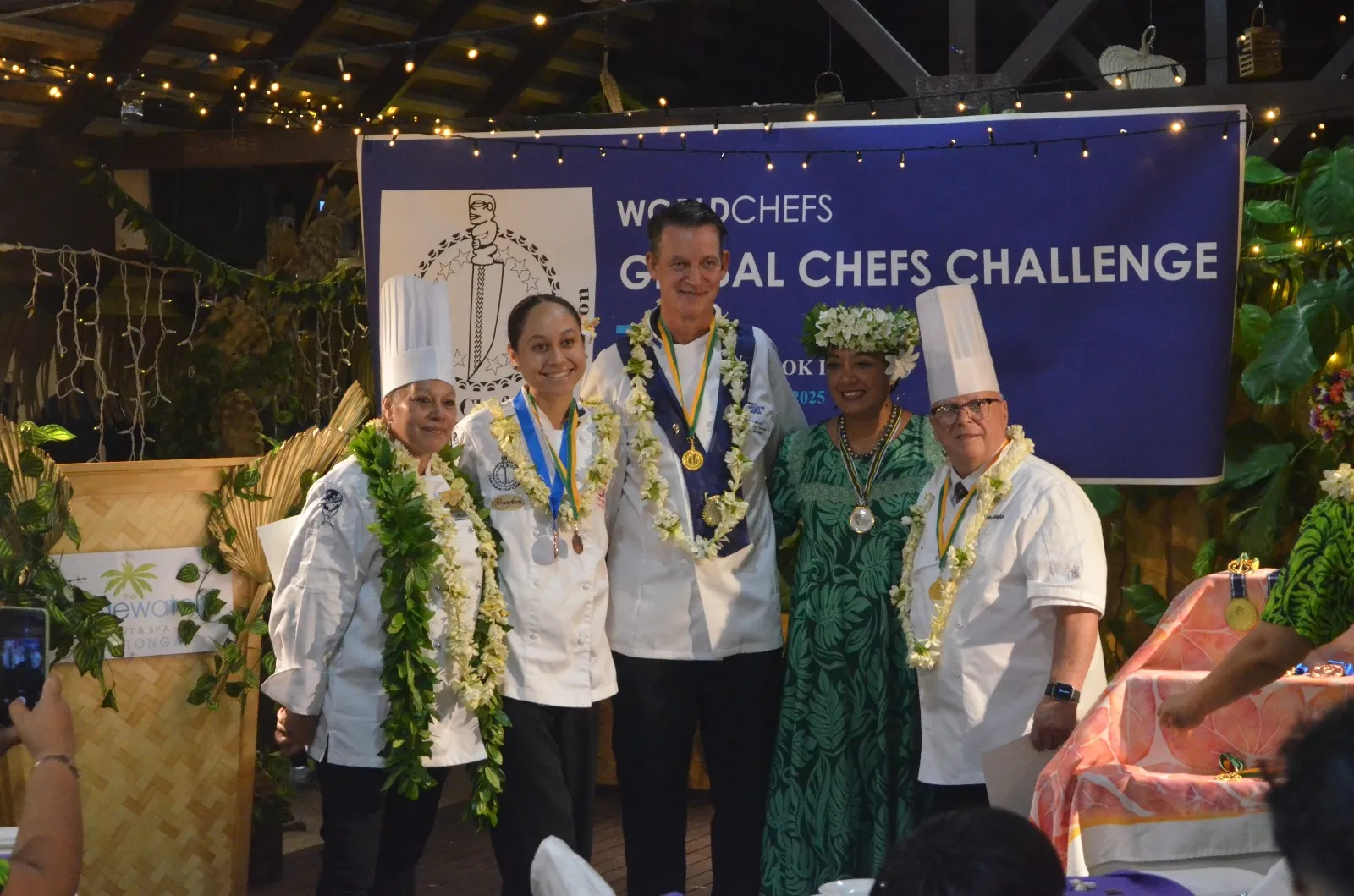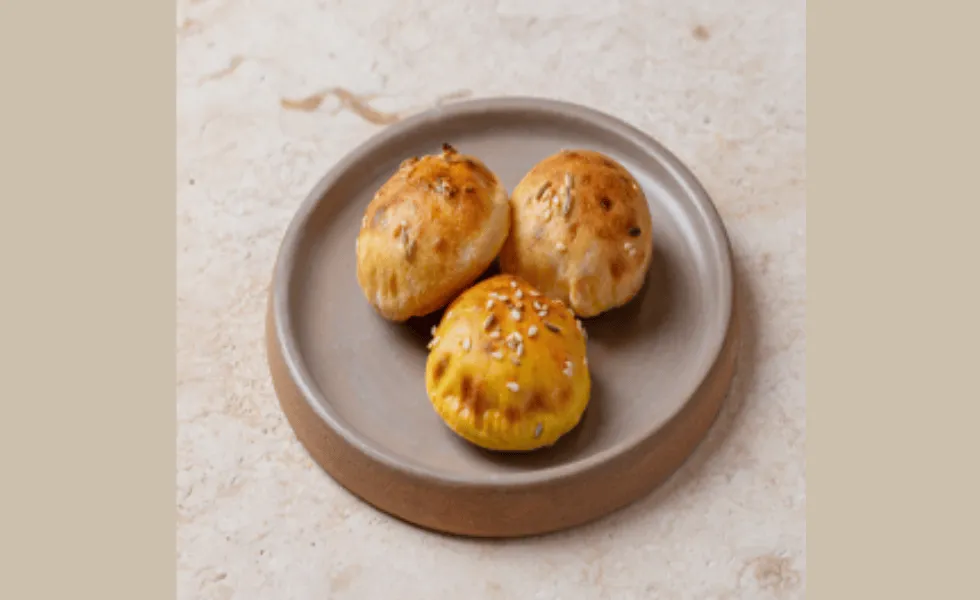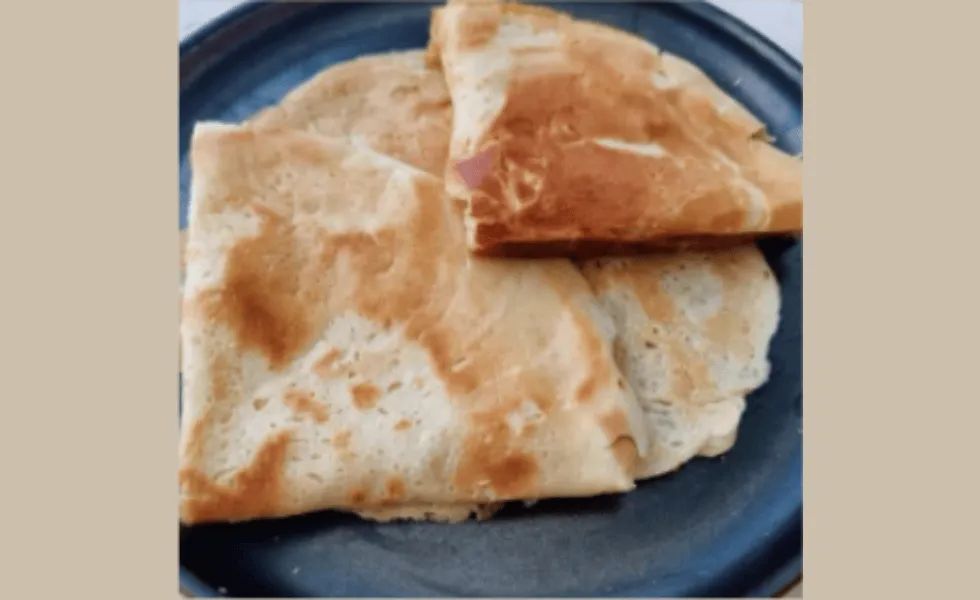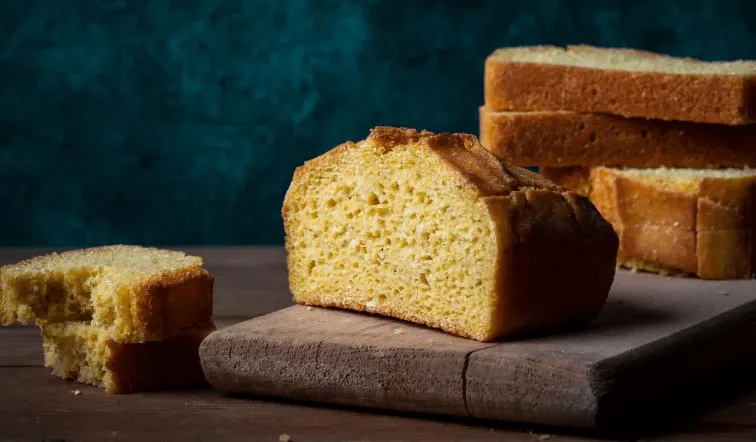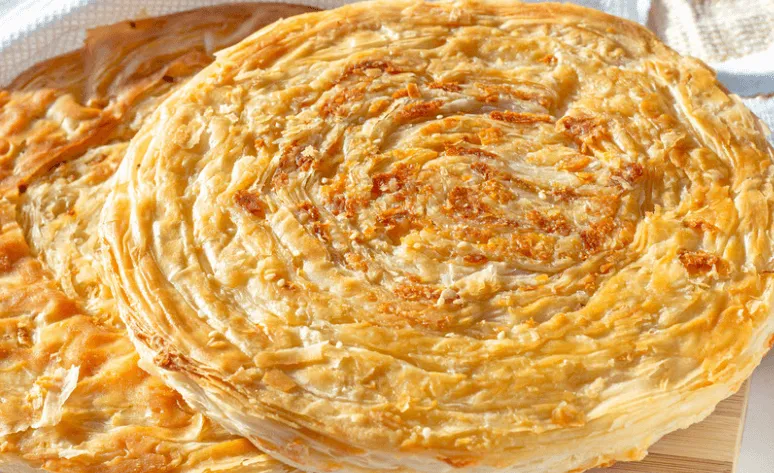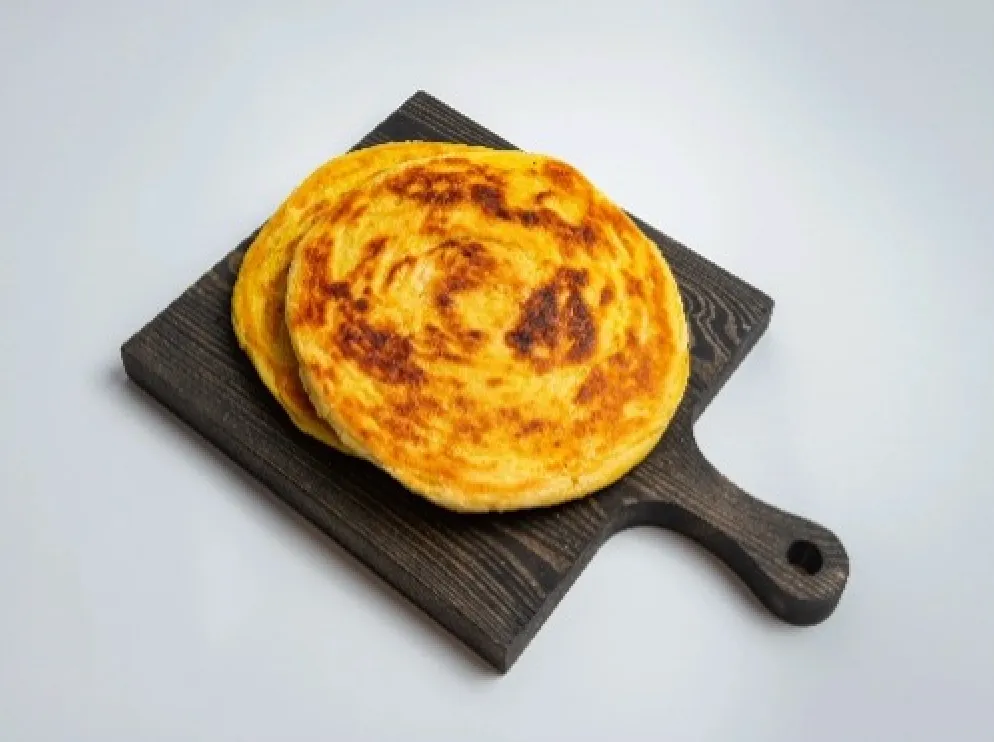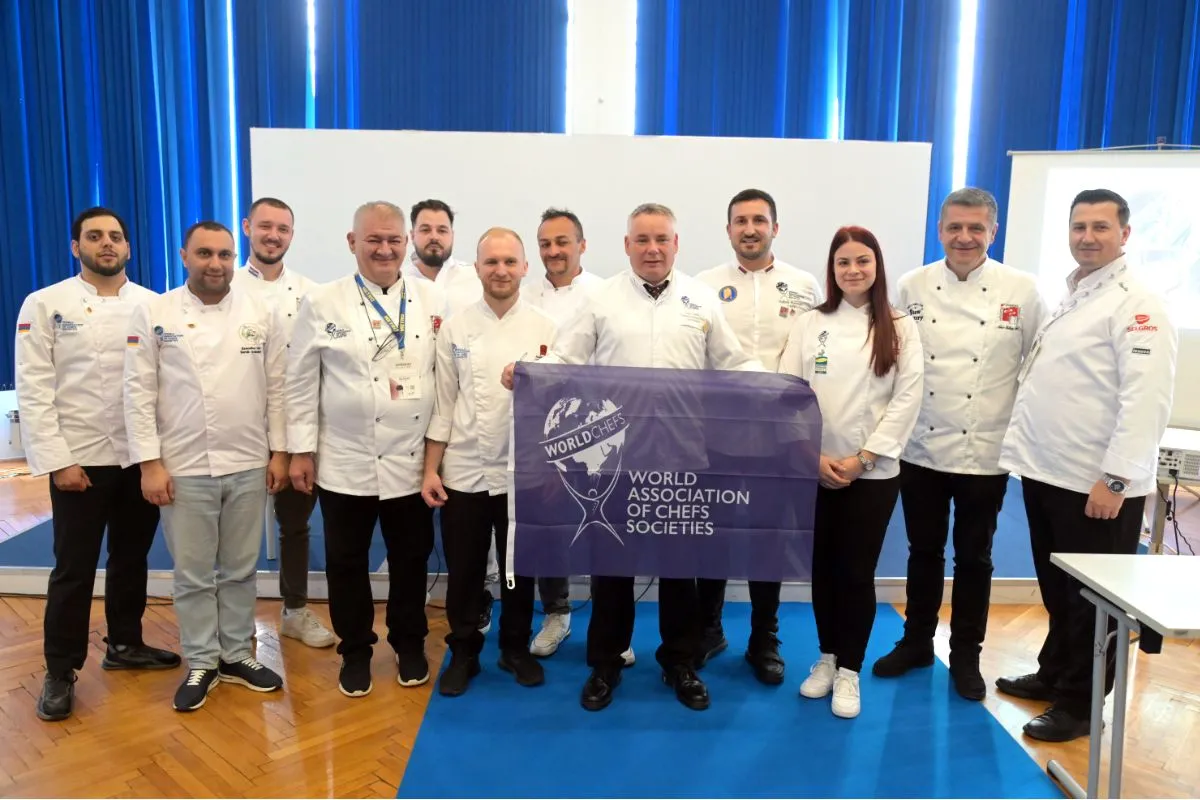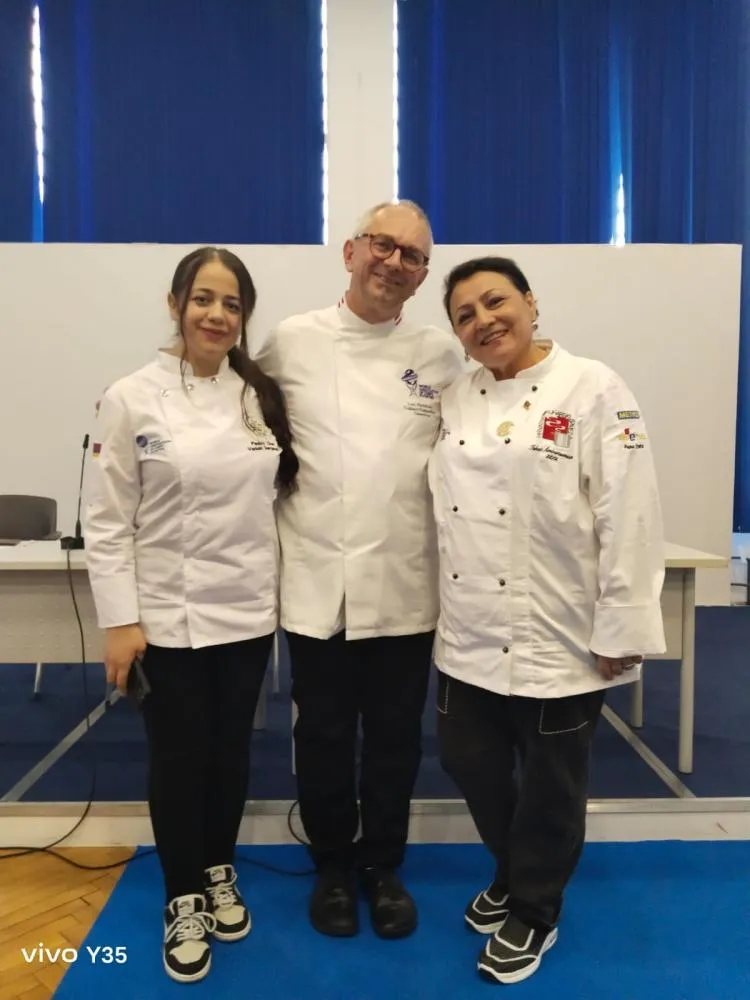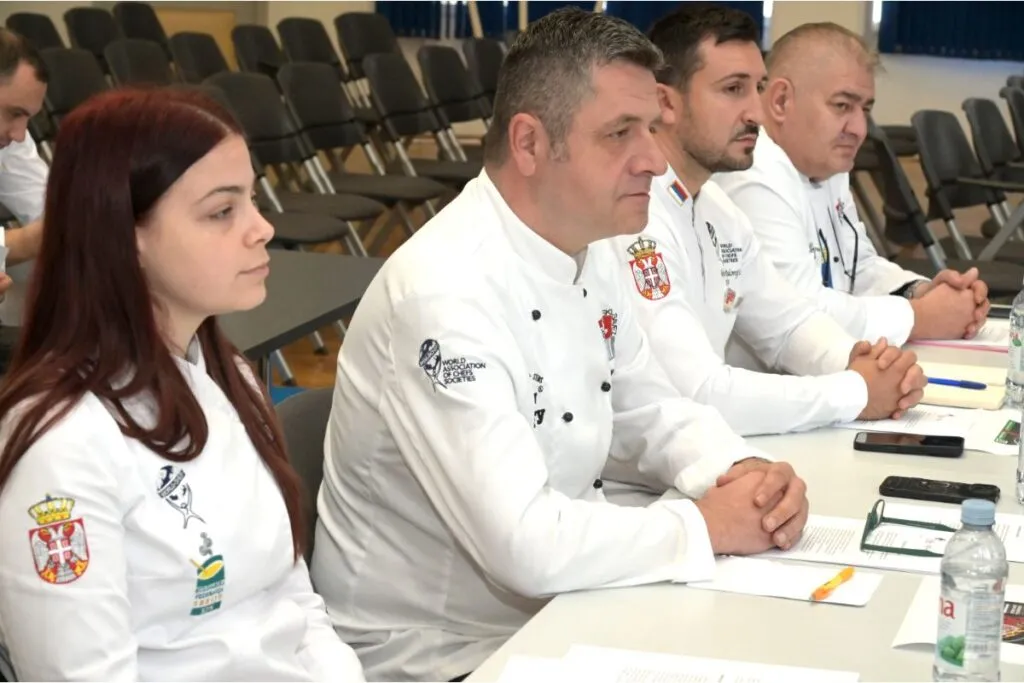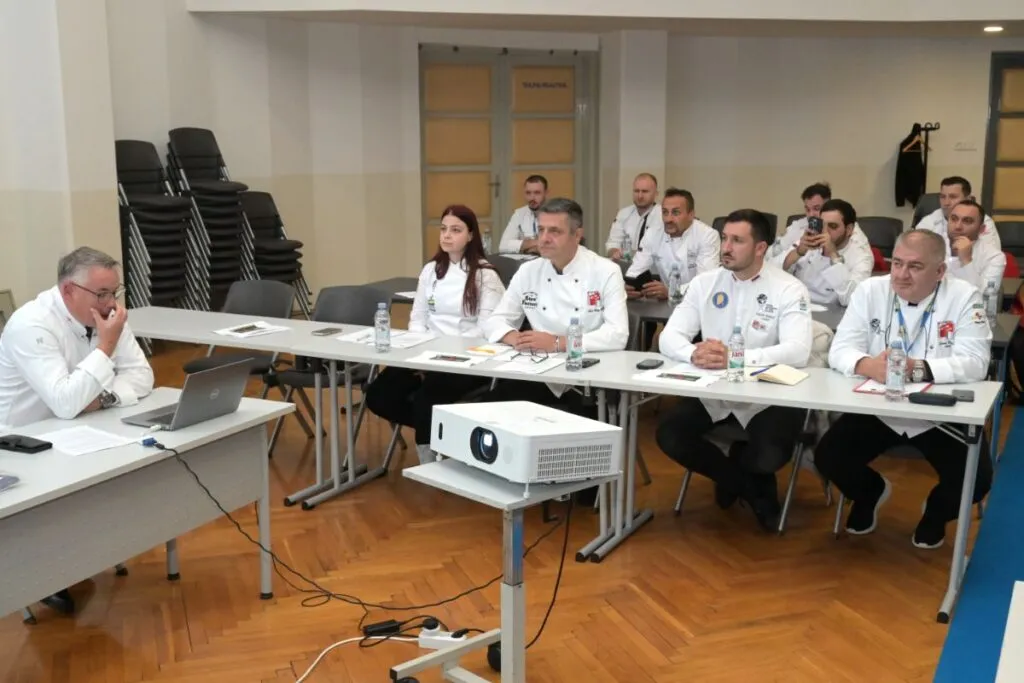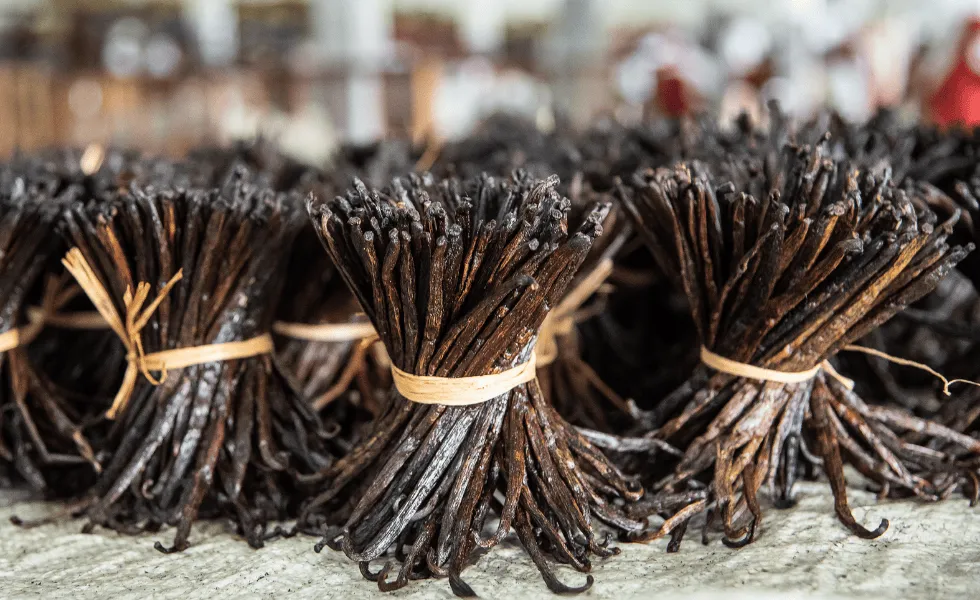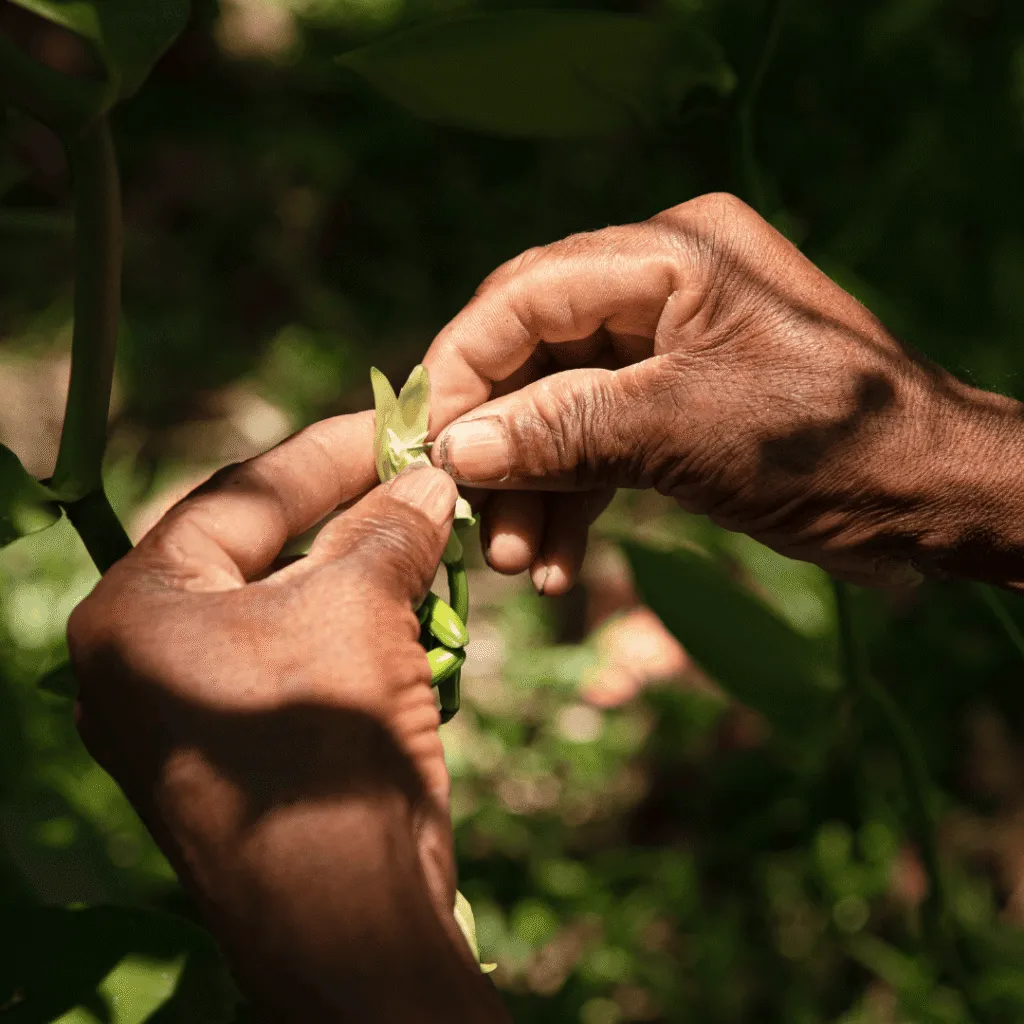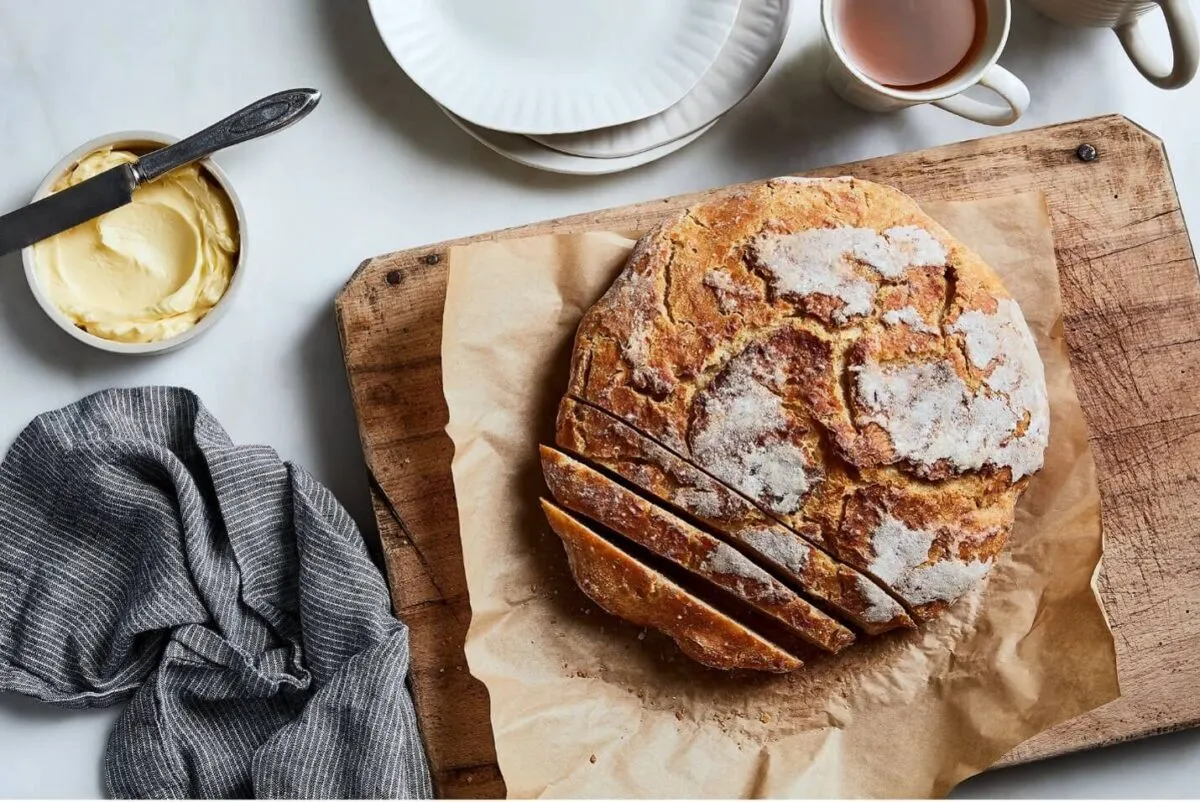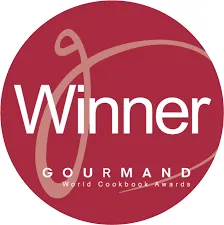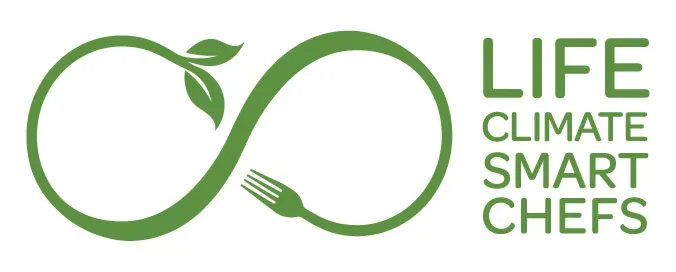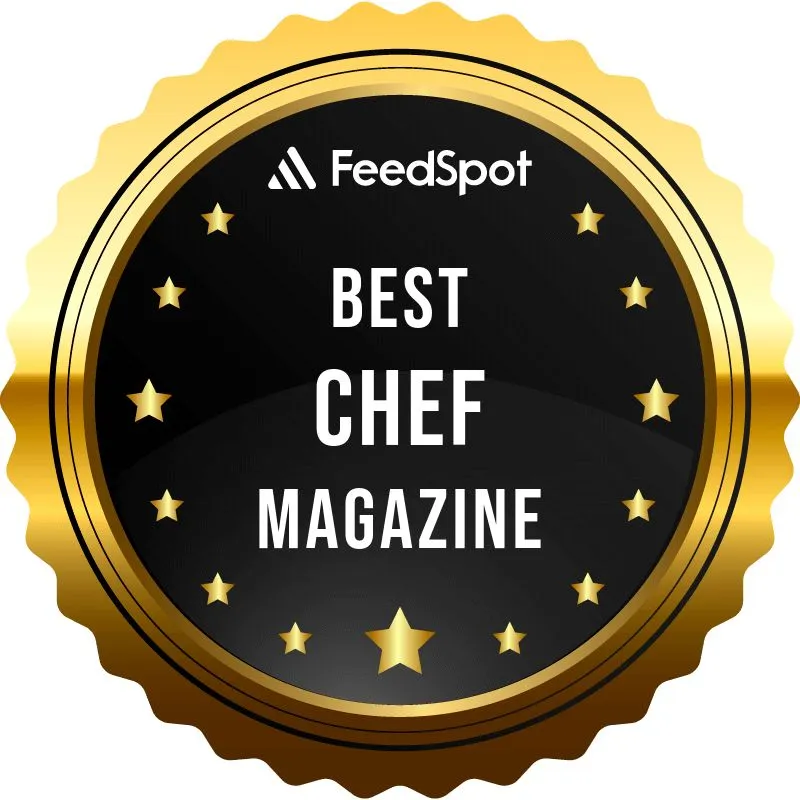As the countdown begins to the Worldchefs Congress & Expo 2026, we reached out to the chefs of the Culinary Association of Wales to get their insider recommendations. From where to eat and what to see, to the must-try dishes that define Welsh hospitality, keep reading to discover what makes Wales a world-class culinary destination.
A full list of recommendations is provided at the end.
Explore the Best of Wales
James Ward, Chef Lecturer, recommends making the most of the local attractions while you’re here.
“Take a walk through Beechwood Park, explore the historic Cardiff Castle, or even visit the Medieval Ship exhibition. And if you’re a golfer, you’re in the right country.”
For dining, James suggests The Whitebrook, The Walnut Tree, and Gem42, and says you can’t leave without trying traditional Welsh cakes.
Where Tradition Meets Passion
Iain Sampson, Chef at The Bear, Crickhowell, former Welsh Chef of the Year, and Global Vegan Chefs Challenge 2026 Finalist, brings his deep roots in Welsh cuisine — and love of golf — to his recommendations.

“You can’t beat a round in the Brecon Beacons, then stop at The Bear for a classic meal or visit The Vine Tree in Llangattock for something special.”
His must-try Welsh dishes? Undoubtedly, you must try Welsh Lamb, and of course, a taste of tradition at The Bear.

A Sweet Side to Wales
Pastry chef and Bake Off: The Professionals 2021 winner Andrew Minto, owner of a Cardiff café-patisserie and Global Pastry Chefs Challenge 2026 Finalist, highlights the charm of the region:

“Start your day at Buds Café, just 20 minutes from Celtic Manor. If you love nature, take a walk at Symonds Yat for the fantastic views and river canoeing.”
For dining, Andrew recommends Gorse, Cardiff’s first Michelin-starred restaurant, and Ynyshir, a globally acclaimed fine-dining experience.
“Try our Welsh Lamb and local cheeses, both are exceptional.”

Cardiff’s Culinary Icons
Ryan Jones, Head Chef at Principality Stadium and former National Chef of Wales, proudly invites visitors to his city.
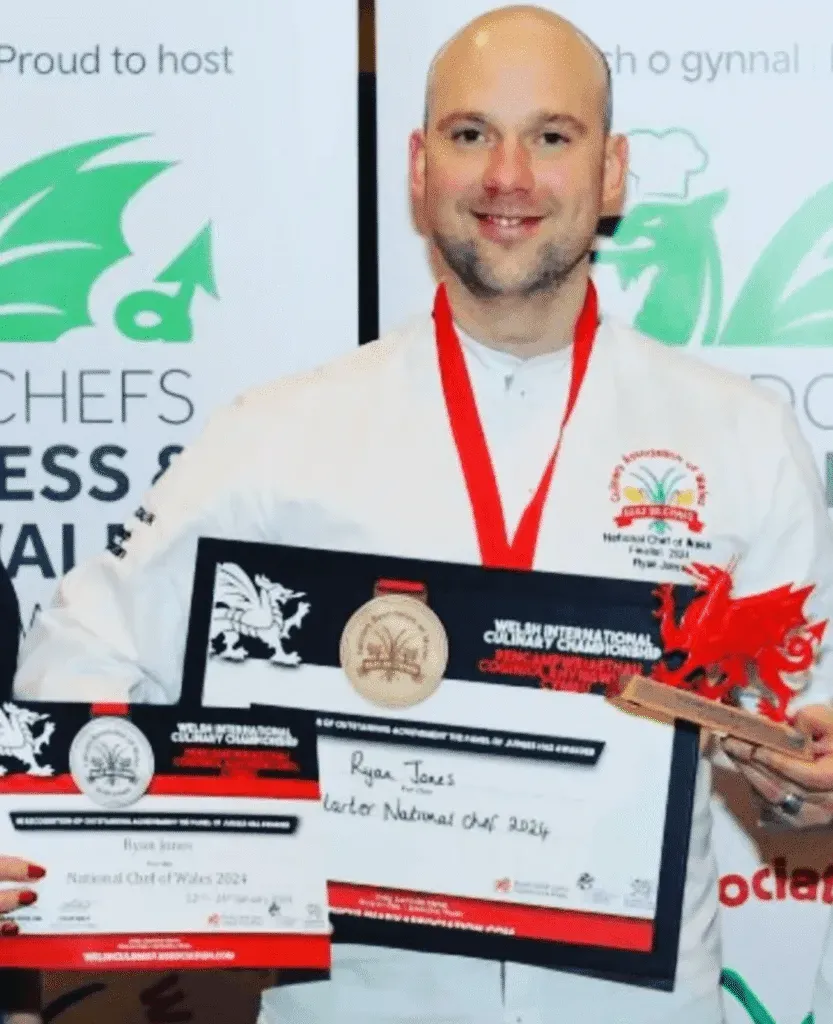
“You have to visit the Principality Stadium, it’s the best stadium in the world!”
When it comes to dining, Ryan points to Home by James Sommerin and Heaneys in Cardiff, and recommends tasting Welsh cakes from Fabulous Welsh Cakes and Welsh beef from Castell Howell.
From Whisky to Welsh Rarebit
For Peter Fuchs, Group Culinary Director at ICC Wales & The Celtic Collection, the key is variety:

“Visit the Penderyn Whisky Distillery, stop by Tiny Rebel Brewery, explore Cardiff and Newport’s indoor food hall, and definitely fit in a round of golf at the resort.”
When it comes to dining, Peter also suggests exploring any of the seven restaurants across the Celtic Collection, or enjoying Gem42, Thomas by Tom, Gorse, or Home by James Sommerin.
“And don’t miss Welsh rarebit or cawl, they truly showcase the heart of Welsh cooking.”
Why Wales?
Wales is not just the next host of the Worldchefs Congress & Expo, it’s a destination that blends natural beauty, deep-rooted culinary heritage, and modern innovation. From Michelin-starred dining and craft distilleries to ancient castles and mountain views, it’s a place where chefs can come to be inspired.
Join chefs from around the world in Newport, Wales in 2026, to celebrate culinary excellence, discover Welsh flavors, and connect with the global culinary community!
For a £200 discount, register by October 31 and enjoy early bird rates.
We hope to see you there!
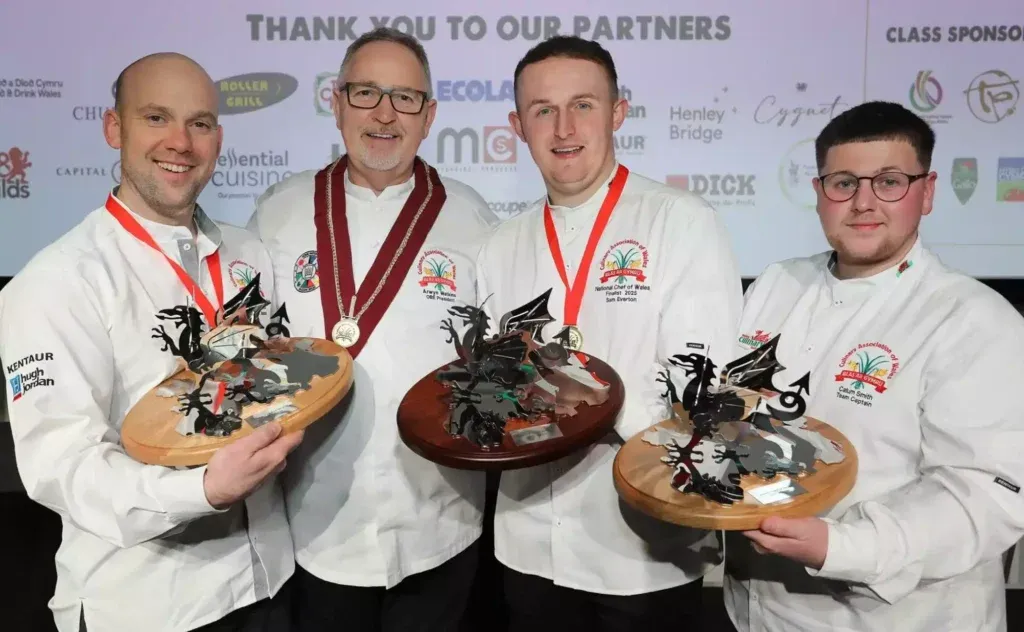
Arwyn Watkins, OBE, Culinary Association of Wales president (second from left), with Welsh Vegan Chef of the Year winner Ryan Jones, National Chef of Wales winner Sam Everton and Junior Chef of Wales winner Calum Smith.
Recommendations
Food/Dining
- The Whitebrook: A Michelin-starred restaurant with rooms in the Wye Valley, offering modern British cuisine with locally sourced ingredients.
Website: thewhitebrook.co.uk - The Walnut Tree: A Michelin-starred inn near Abergavenny, serving contemporary British dishes in a relaxed setting.
Website: thewalnuttreeinn.com - Gem42: An Italian restaurant in Newport, known for its seasonal tasting menus and commitment to sustainability.
Website: Gem42 - The Bear Hotel, Crickhowell: A historic coaching inn dating back to 1432, offering traditional Welsh hospitality and cuisine.
Website: The Bear Hotel Crickhowell - The Vine Tree, Llangattock: A 19th-century coaching inn on the River Usk, providing a farm-to-table dining experience with locally sourced produce.
Website: thevinetreellangattock.co.uk - Buds Café, Radyr: A café and patisserie in Cardiff, serving brunch, small plates, and a variety of sweet treats in a relaxed atmosphere.
Website: Buds Cafe - Gorse: A Michelin-starred modern Welsh restaurant in Cardiff, offering seasonal tasting menus that celebrate local produce.
Website: Gorse - Ynyshir: A two Michelin-starred restaurant in Machynlleth, known for its 30-course tasting menu with Japanese influences.
Website: ynyshir.co.uk - Home by James Sommerin: A fine dining restaurant in Penarth, offering modern Welsh cuisine with a focus on seasonal ingredients.
Website: homebyjamessommerin.co.uk - Heaneys: A contemporary restaurant in Cardiff, known for its innovative dishes and commitment to sustainability.
Website: heaneys.co.uk - Fabulous Welsh Cakes: A bakery in Cardiff specializing in traditional Welsh cakes made with locally sourced ingredients.
Website: fabulouswelshcakes.co.uk - Castell Howell Foods: A food wholesaler in Wales, supplying quality Welsh produce to restaurants and retailers.
Website: castellhowellfoods.co.uk - Cardiff Indoor Food Hall: A food hall in Cardiff, offering a variety of street food vendors and local produce.
Website: cardiffindoorfoodhall.co.uk - Newport Indoor Food Hall: A food hall in Newport, featuring diverse food stalls and a community-focused atmosphere.
Website: newportindoorfoodhall.co.uk
Alcohol /Beverage
- Penderyn Whisky Distillery: A distillery in the Brecon Beacons, producing award-winning single malt whiskies.
Website: penderyn.wales - Tiny Rebel Brewery: A craft brewery in Newport, known for its innovative beers and vibrant taproom.
Website: tinyrebel.co.uk
Places to visit
- Cardiff Castle: A historic castle in the heart of Cardiff, offering a glimpse into 2,000 years of history, including Roman walls, medieval keep, and Victorian Gothic interiors.
Website: cardiffcastle.com - Symonds Yat: A picturesque village in the Wye Valley, renowned for its stunning natural beauty and outdoor recreational opportunities.
Website: symonds-yat.co.uk - Principality Stadium: An iconic stadium in Cardiff, hosting major sporting events and concerts.
Website: visitcrickhowell.wales
Thank you to Peter Fuchs, Ryan Jones, Andrew Minto, Iain Sampson and James Ward for sharing their Welsh recommendations.
More Resources
A Welsh Welcome: Bringing Worldchefs Congress to Wales with Arwyn Watkins OBE | World on a Plate Ep 134


